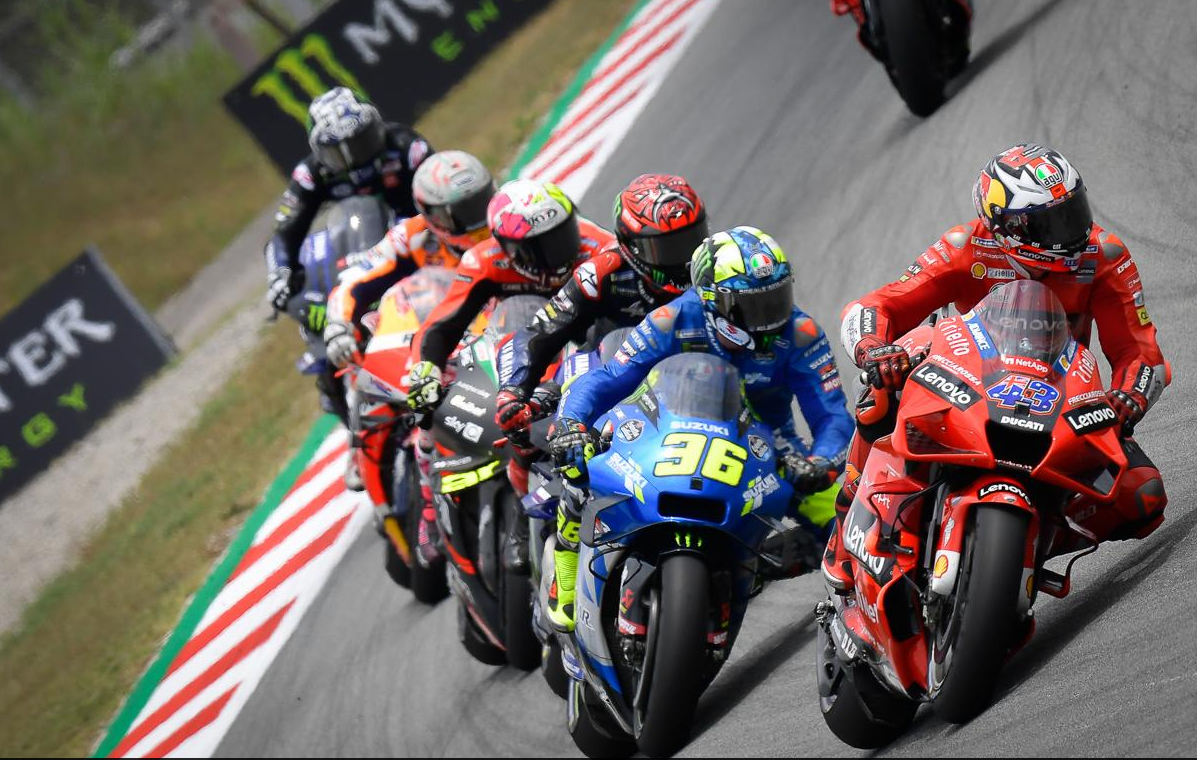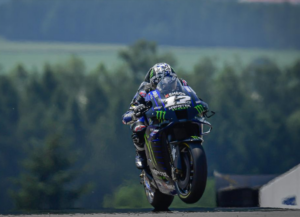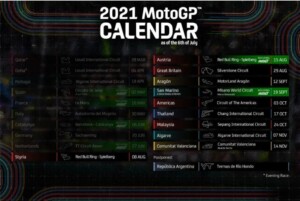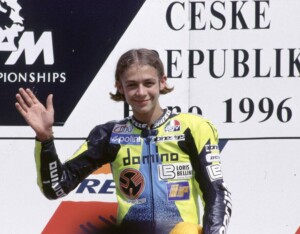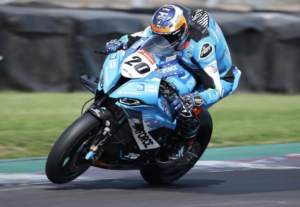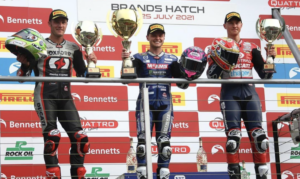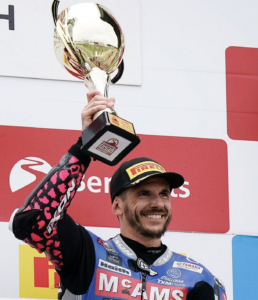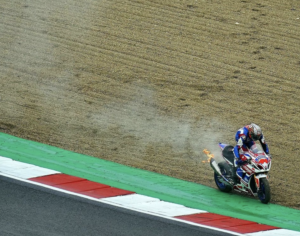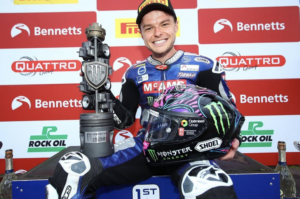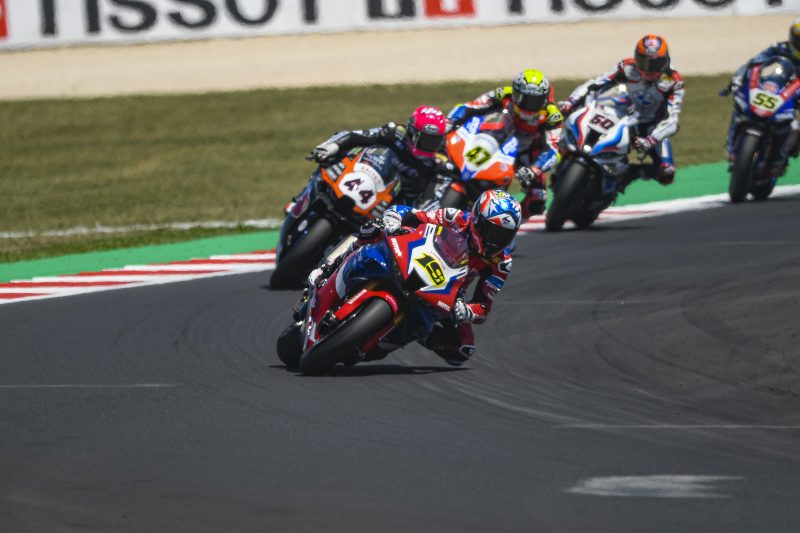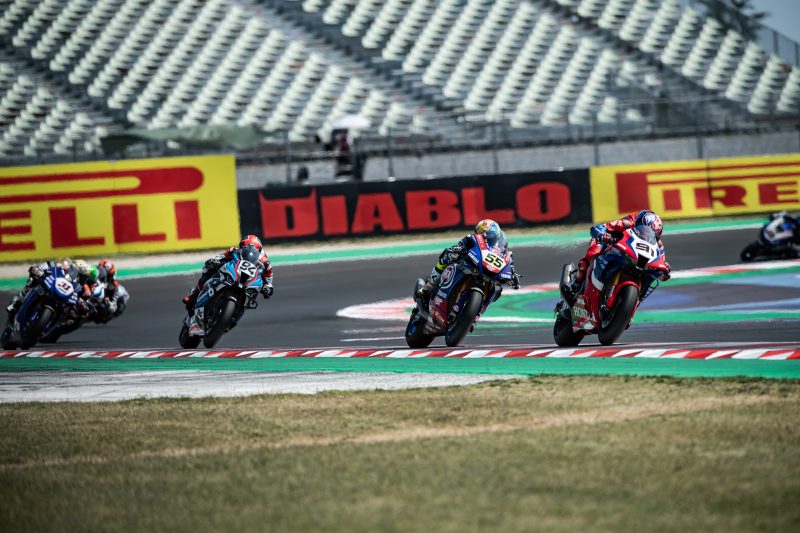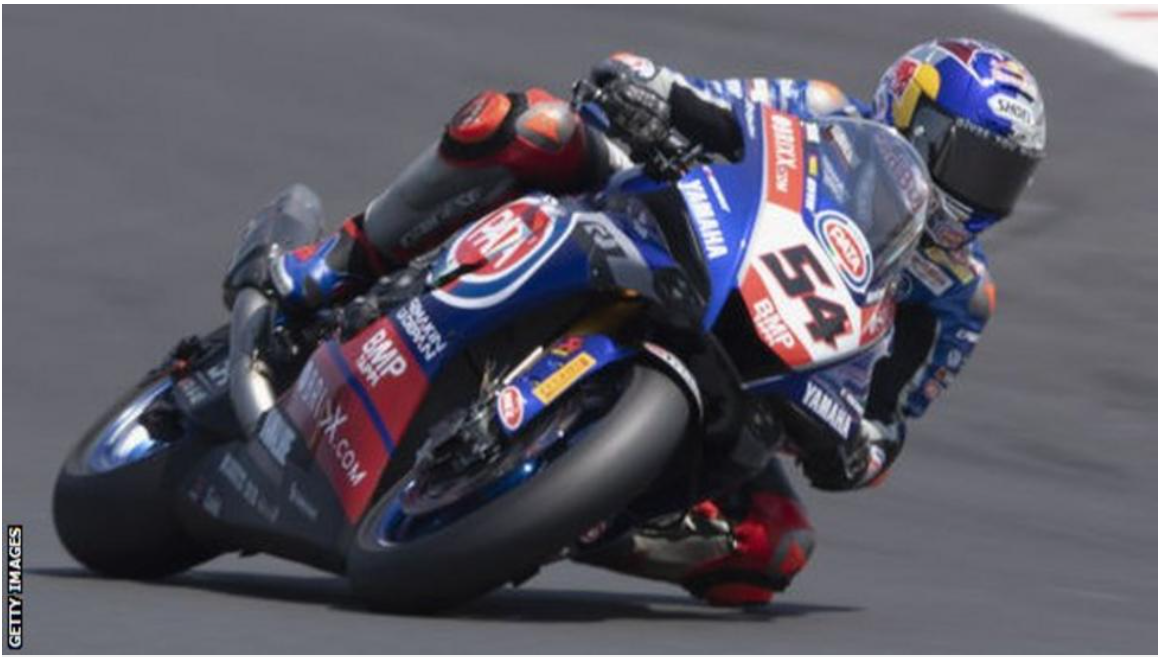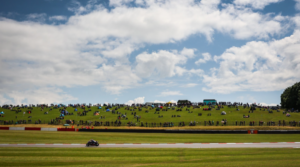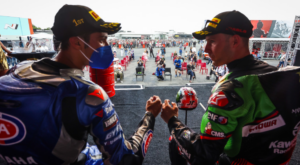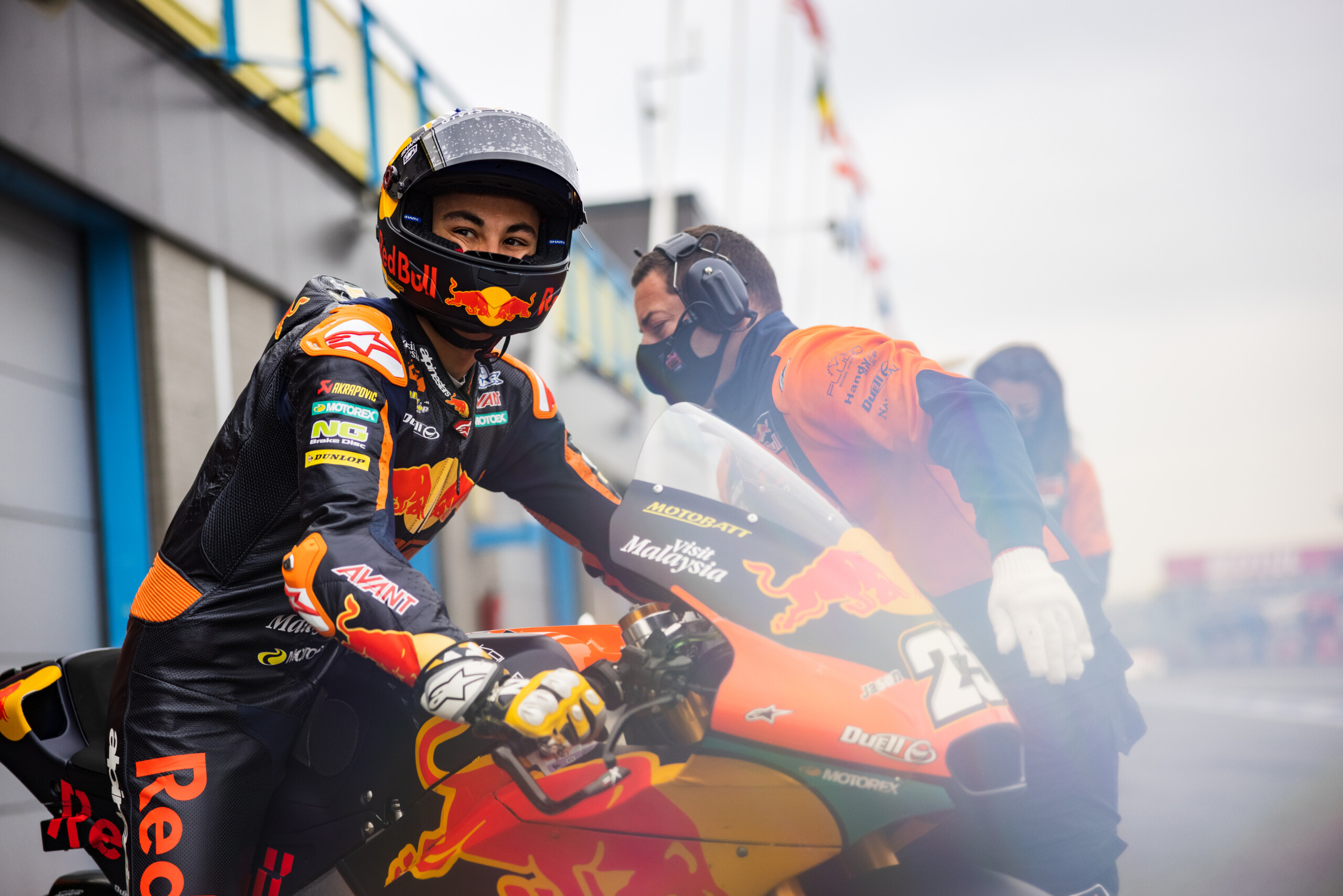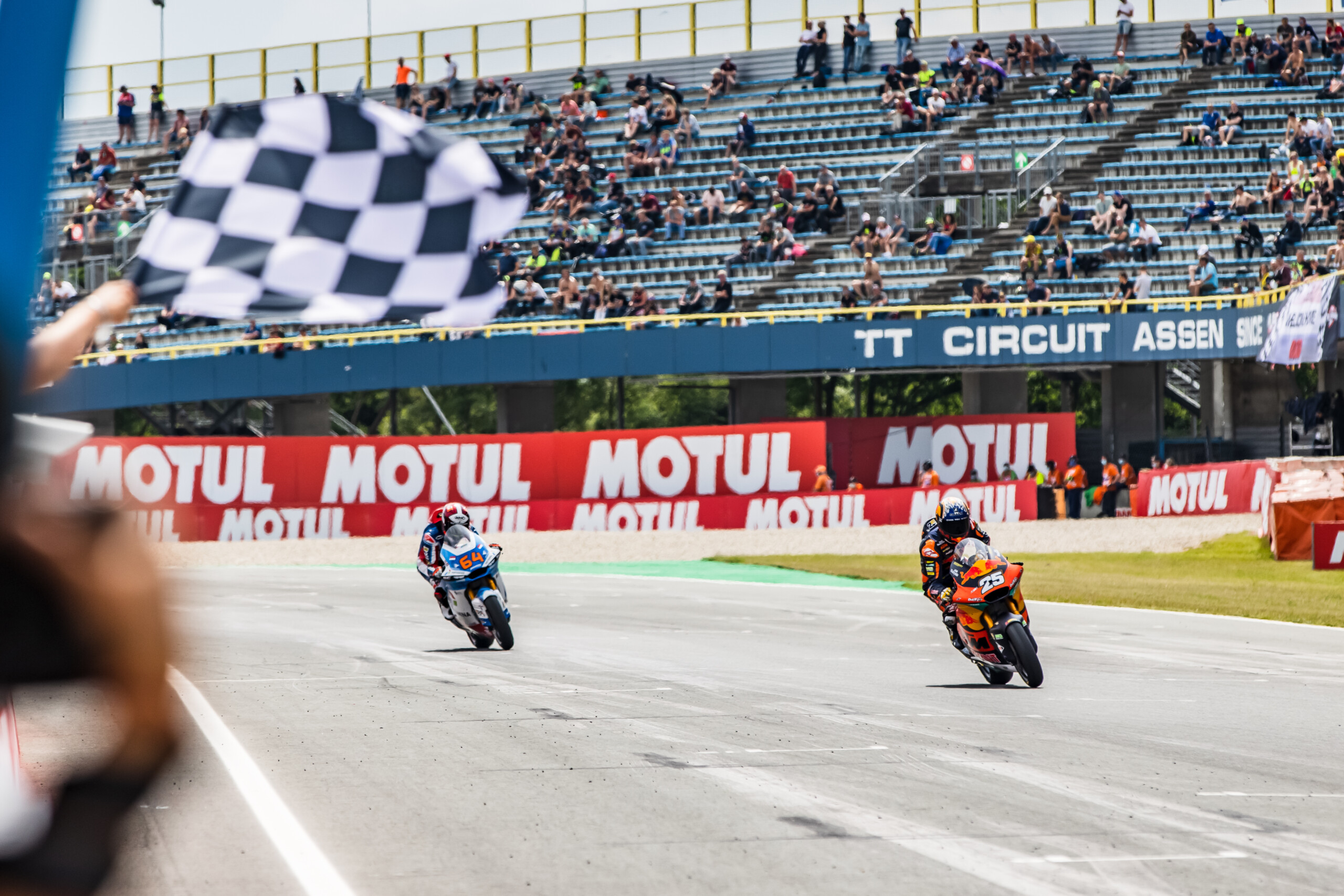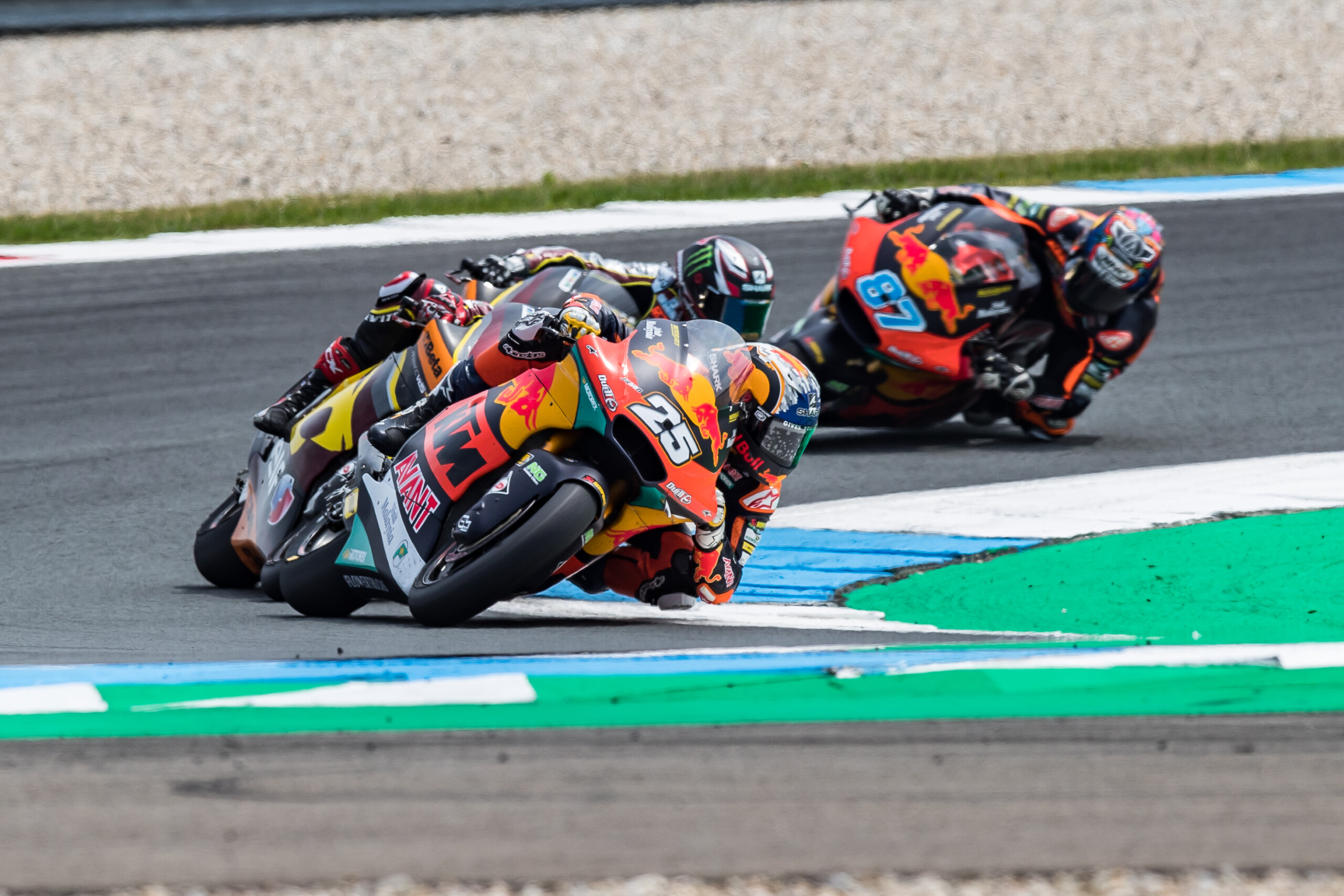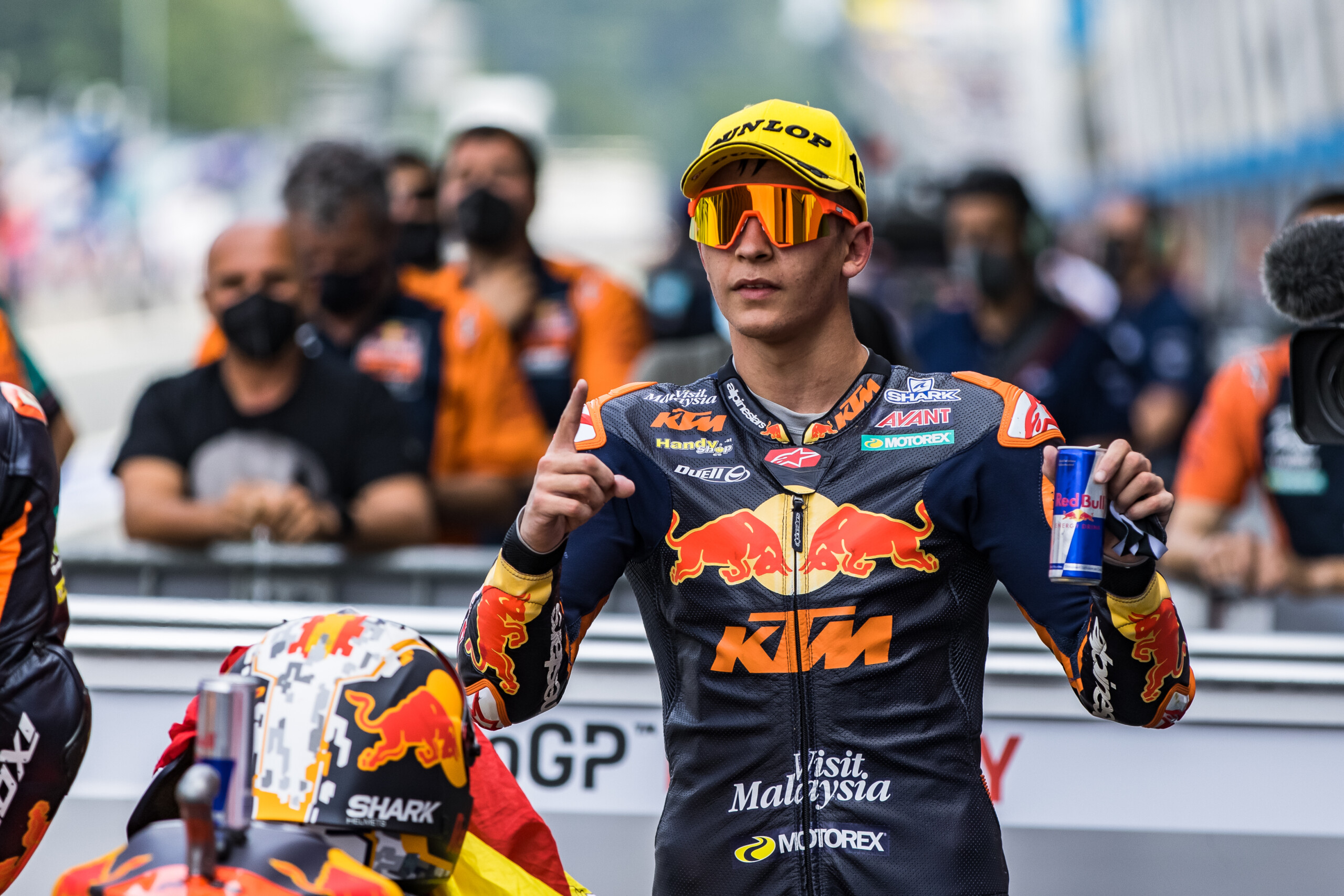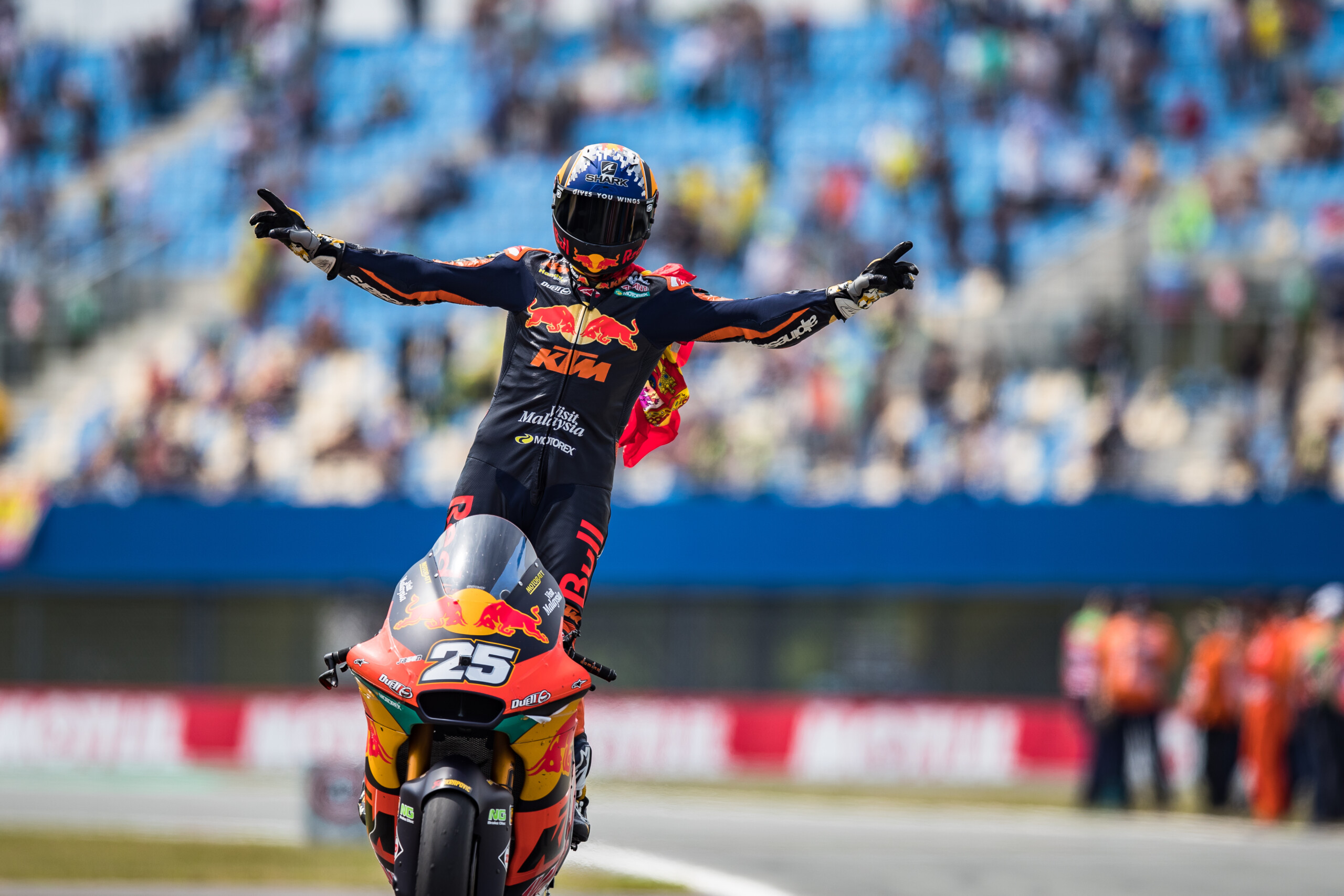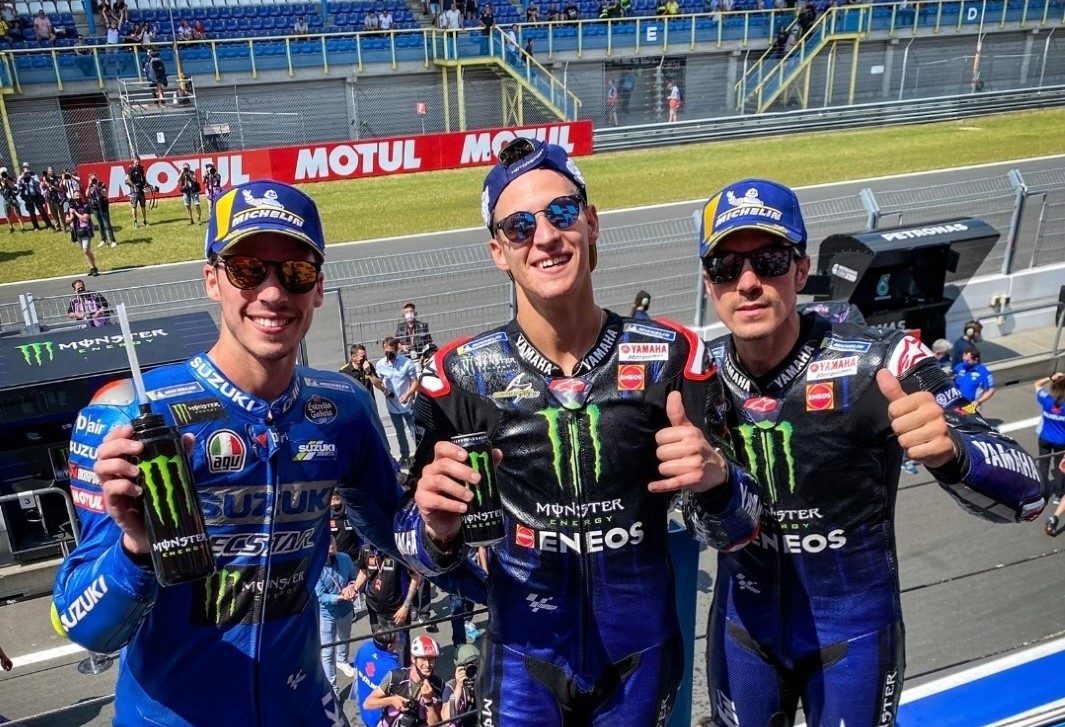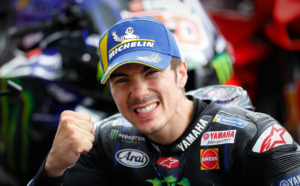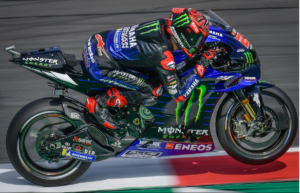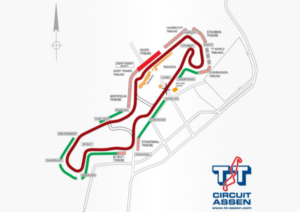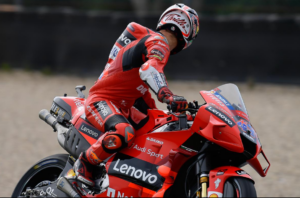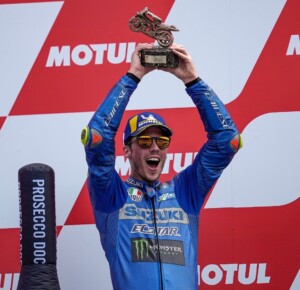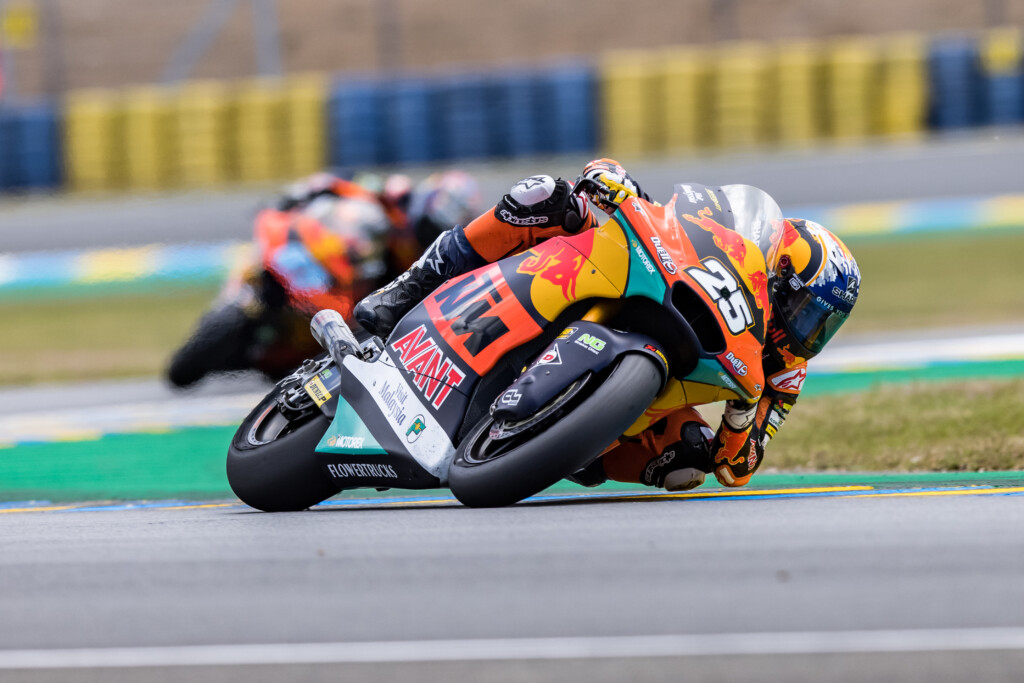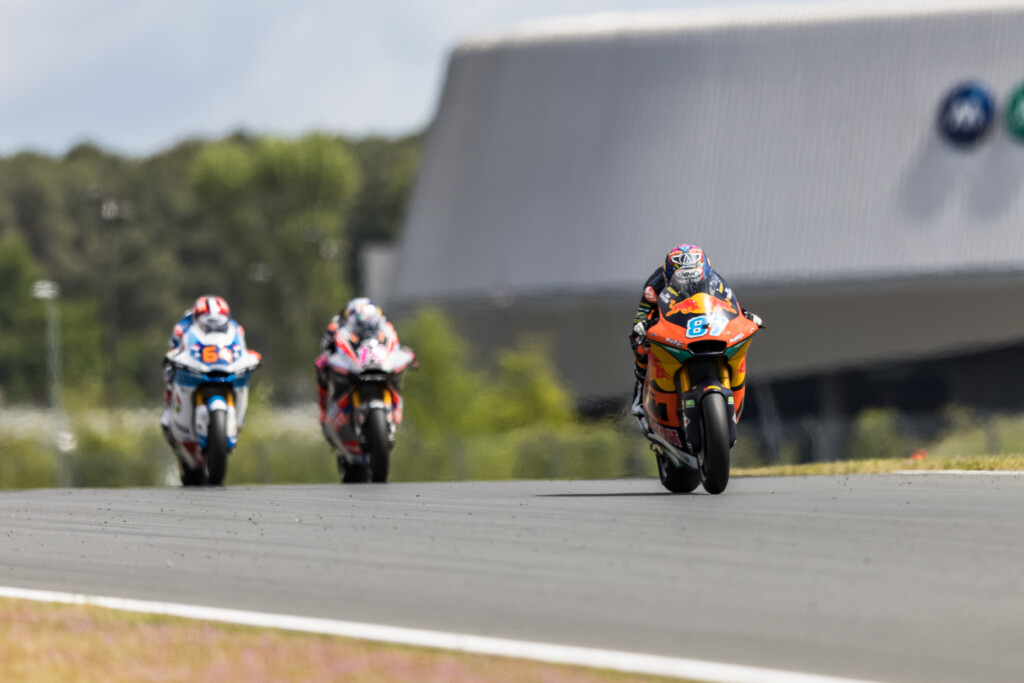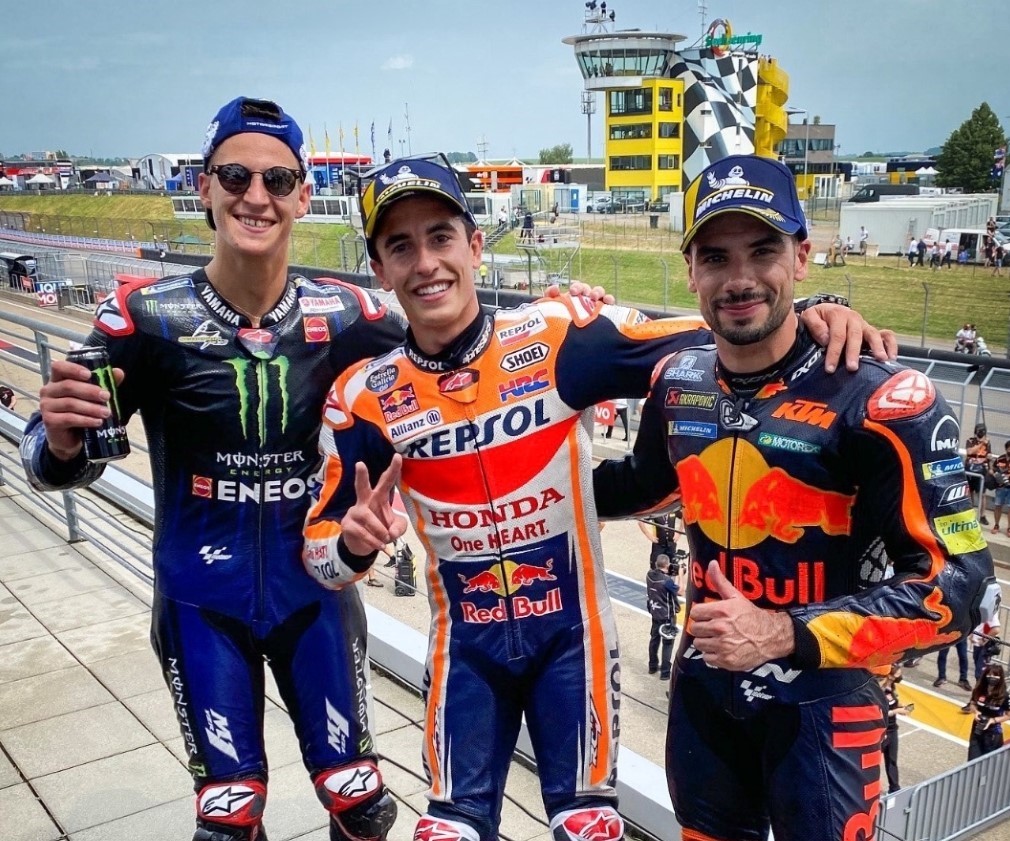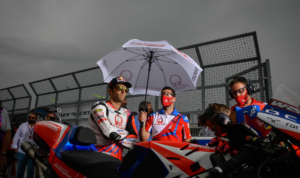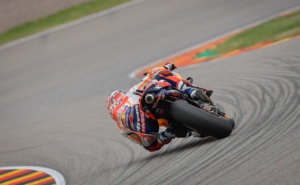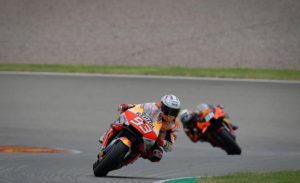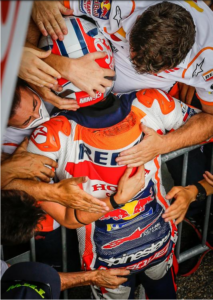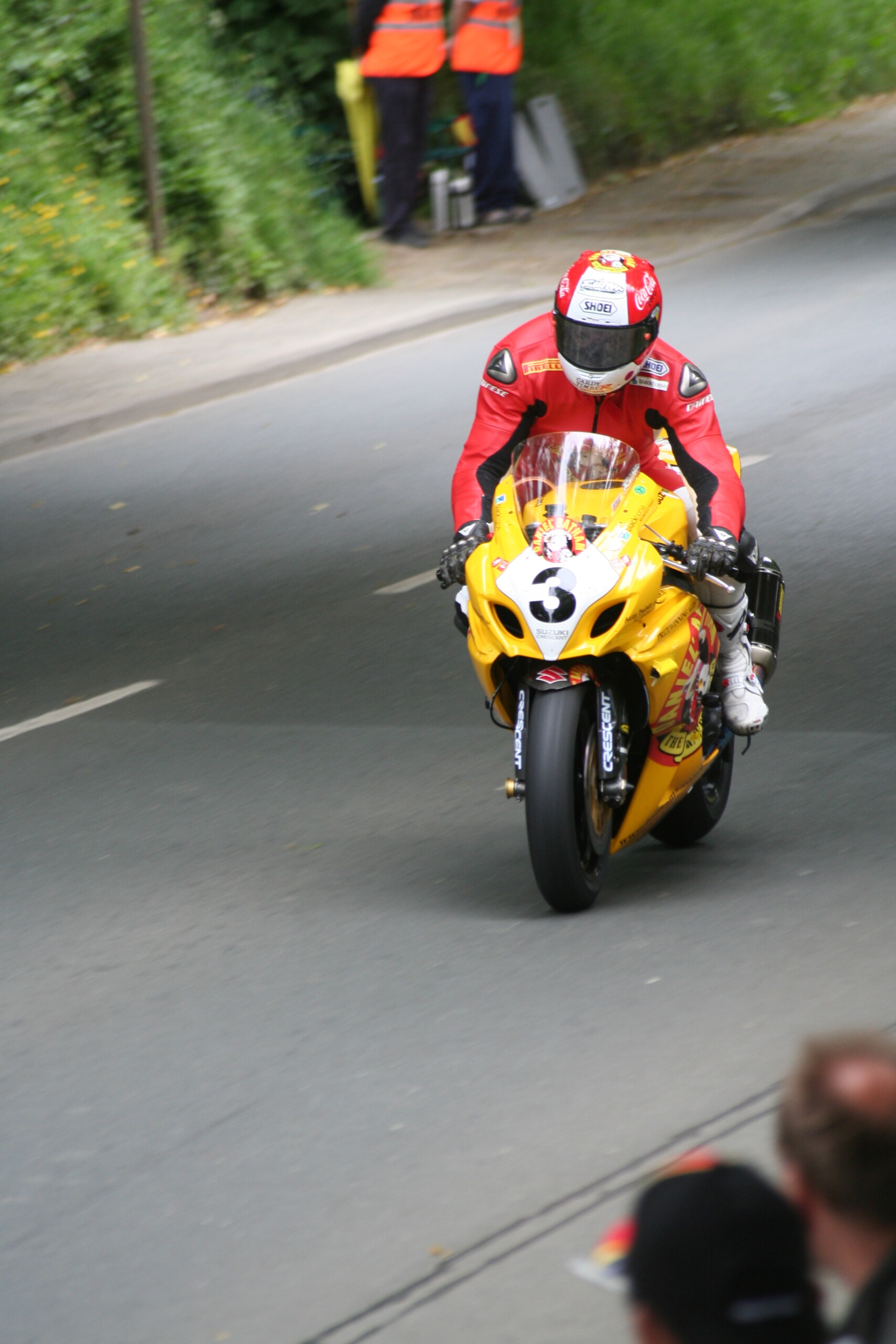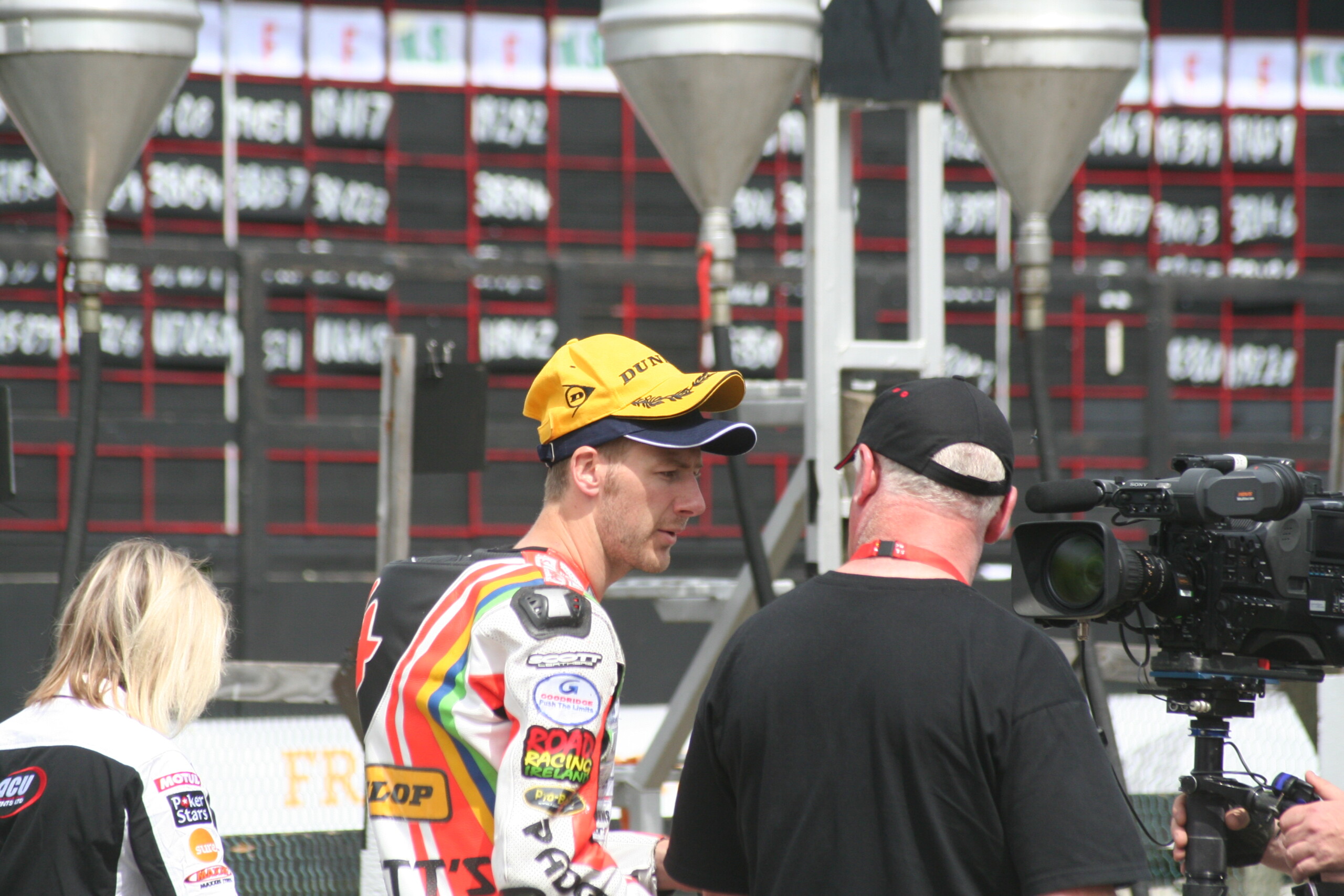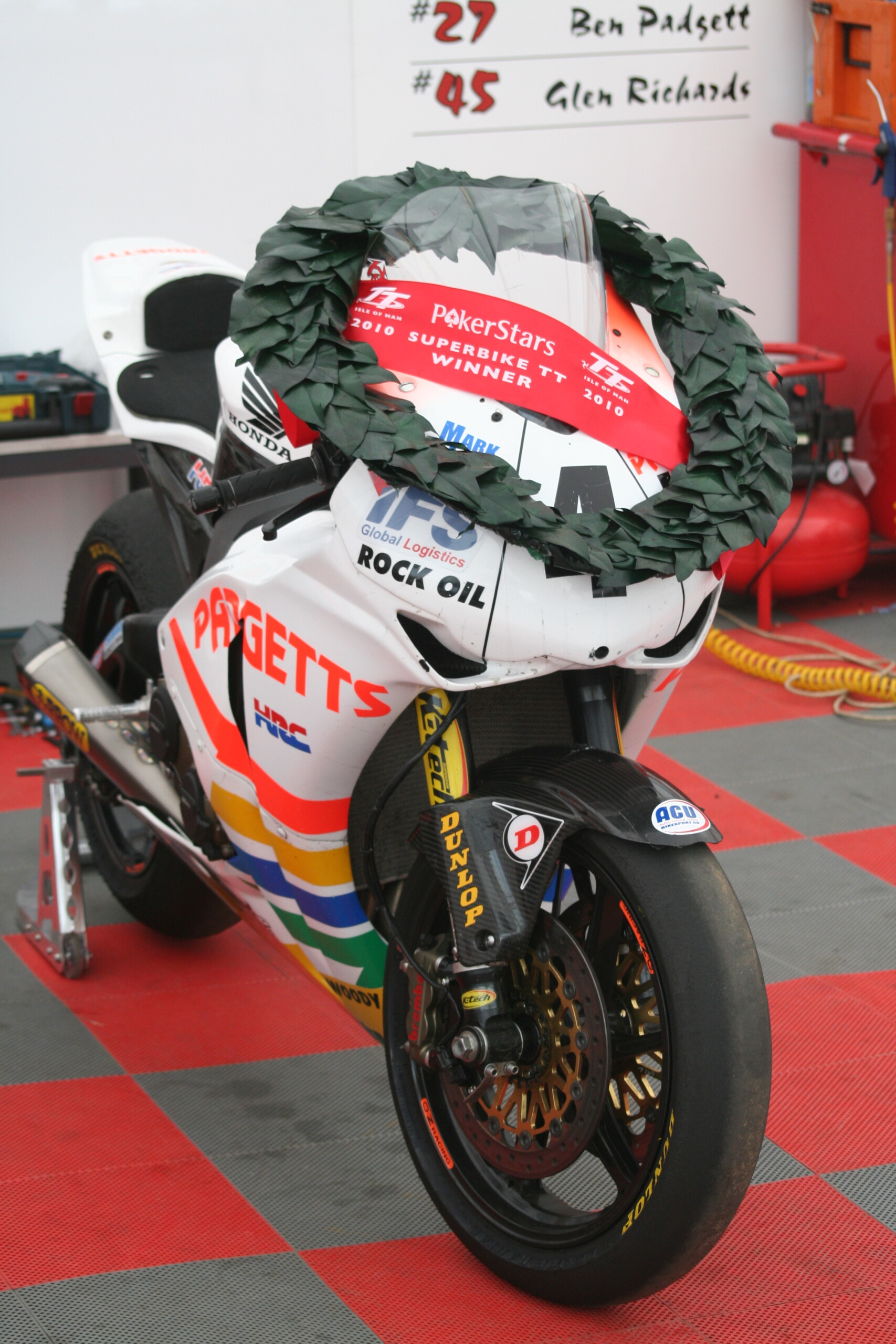Most Autodrom welcomed WorldSBK for the first time for round 6 of the championship.
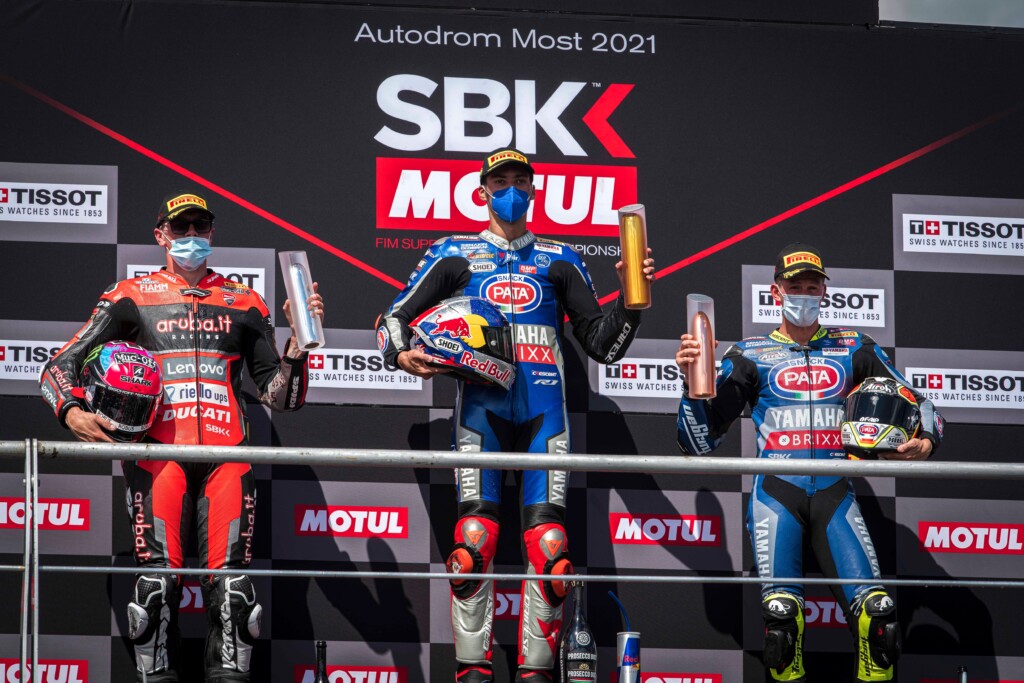
Pic courtesy of Aruiba.it Ducati
Superpole saw Jonathan Rea (KRT Kawasaki) claim his 6th consecutive pole, leaving 2nd and 3rd places for Toprak Razgatlioglu (Pata Yamaha) and Scott Redding (Aruba.it Ducati) respectively.
Track conditions looked excellent for race 1 with most of the Yamaha and both Honda riders opting for the super soft X rear tyre. The rest of the riders going for the slightly harder SC0 compound rear tyre.
Lights out and its Rea with a great start, Razgatlioglu gets the hole shot into turn 1 and Redding in 3rd. Rinaldi (Ducati) also has a great start from 8th on grid into 4th. Sykes (BMW) runs off into turn 1, but manages to rejoin in 5th.
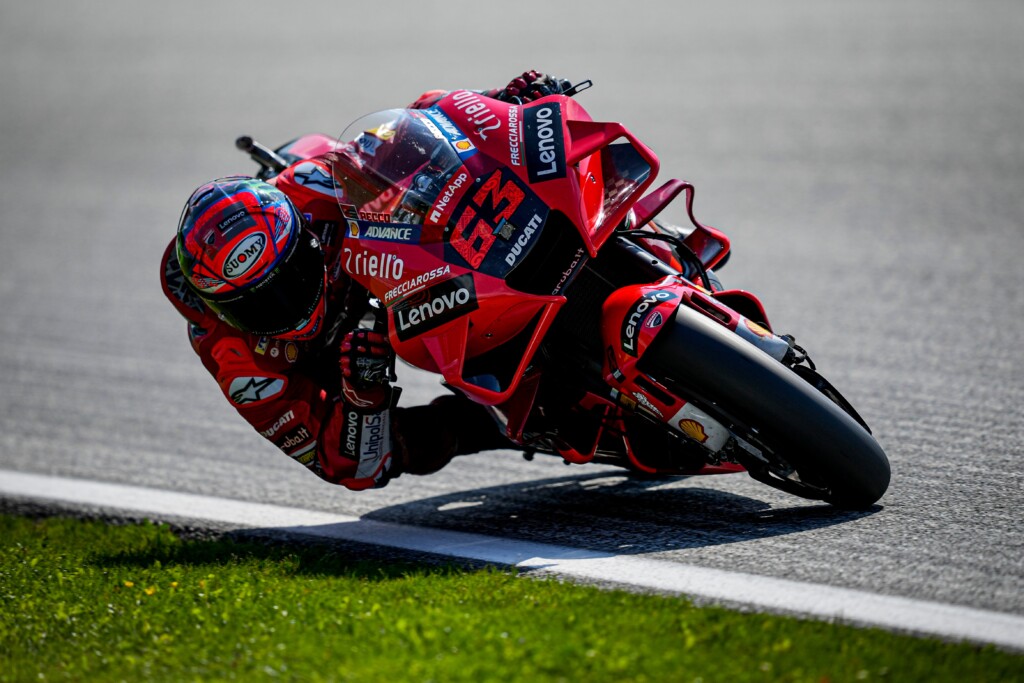
Pic courtesy of Ducati Lenovo Team
The leading group of Razgatlioglu, Rea and Redding were beginning to pull out a gap from the rest of the field. Meanwhile further down were the two Honda riders, Bautista and Haslam, with Gerloff (GRT Yamaha WorldSBK Team) in 8th, 9th and 10th respectively.
With 20 laps remaining, positions in the front were starting to shake up, with Redding first going through on Rea, then out braking Razgatlioglu into turn 1 to take over the lead. Rea then retakes 2nd as Razgatlioglu goes wide into turn 10. Meanwhile Redding was putting the hammer down, trying to distance his chasers by posting a new fastest lap of 1:33.076.
With 18 laps to go, bizarrely both Lowes (KRT Kawasaki), and Davies (Aruba.it Ducati) both went down into turn 1 separately, Lowes losing the front end. Both riders were able to rejoin.
Meanwhile back with the leading group, Rea’s Kawasaki was looking increasingly unstable through corners and Razgatlioglu would take advantage of this going through on Rea into turn 20 after Rea goes wide. The response from the world champion was immediate, as he powered around the outside of the Yamaha rider to retake 2nd.
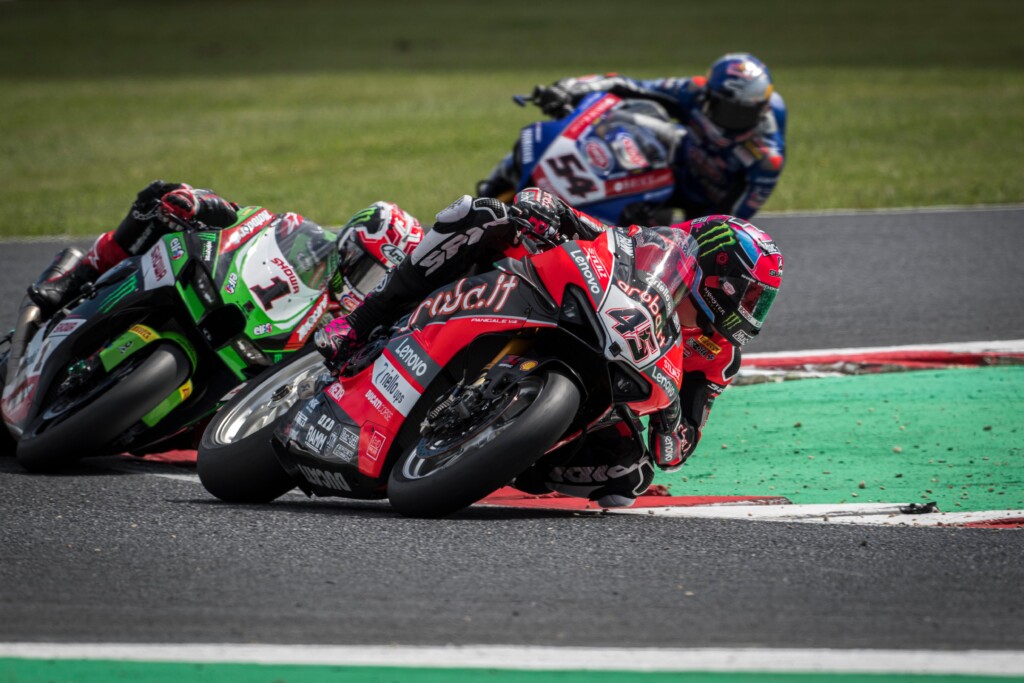
Pic courtesy of Aruba.it Ducati
Out in the lead Redding was taking advantage of this scrap behind him to further increase his lead out to Rea in 2nd to 1.8. Razgatlioglu showing his skill on the brakes by out braking Rea at the end of the straight into turn 1 to retake 2nd. As it has all season, this battle between the Turk and the Brit was showing no sign of let up.
With 9 laps remaining, Redding now had a 0.9 gap to Razgatlioglu in 2nd. Then disaster for Rea who loses the front going into turn 1, sending his Kawasaki unceremoniously ploughing into the gravel. He rejoins in 11th place, but his race is effectively over in terms of challenging the lead group.
This new racetrack was proving tricky for some, with 5 riders now having crashed out so far.
Razgatlioglu was now hunting down Redding in 1st, with 4 laps to go the gap was now down to 0.4. Then unbelievably into the fast turn 20, for the 2nd time Rea loses the front end of the Kawasaki, sending both the bike and himself catapulting into the gravel. It was a high speed crash, and looked nasty, but thankfully he was able to walk away.
With 4 laps to go, Razgatlioglu has now caught up to Redding and makes the pass on him into turn 14, after Redding goes wide. Redding responds by using the top end speed of the Ducati to power past Razgatlioglu down the straight, and retakes the lead into turn 1. Neither rider was backing down and this battle would go down to the wire.
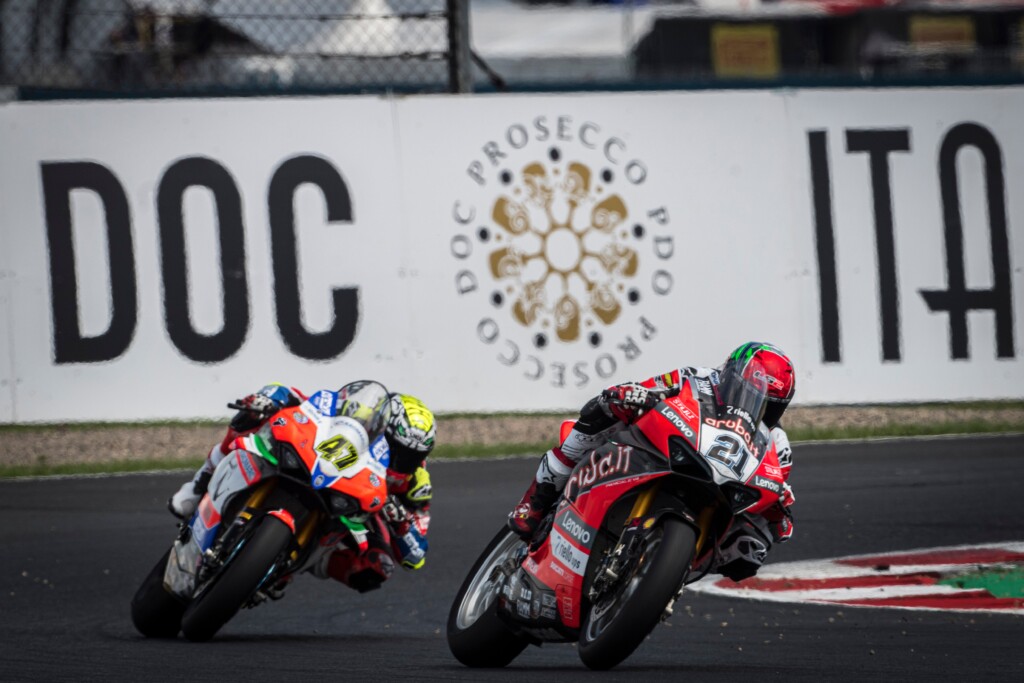
Pic courtesy of Aruba.it Ducati
Meanwhile further down the field the Texan – Gerloff, Haslam and Sykes had all moved up to 6th, 7th and 8th respectively.
Last lap now, and Redding knew Razgatlioglu would be planning to make a move on him, but where would it come? Into the last few corners and Razgatlioglu makes the perfect block pass up the inside of Redding. It’s a tough move, but Redding can’t complain as there is no contact between them. Razgatlioglu cranks the throttle of the Yamaha wide open to cross the line in 1st. Redding stays in his slipstream trying to use the power of the Ducati to try to get by, but is unable and has to settle for 2nd, a very close finish by both riders.
The top 5:
- Toprak Razgatlioglu ( Pata Yamaha )
- Scott Redding ( Aruba.it Ducati )
- Andrea Locatelli ( Pata Yamaha )
- Michael Ruben Rinaldi ( Ducati )
- Axel Bassani ( Ducati )
The top 3 of championship:
- Jonathan Rea ( KRT Kawasaki ) 243 pts
- Toprak Razgatlioglu ( Pata Yamaha ) 231
- Scott Redding ( Aruba.it Ducati ) 182
